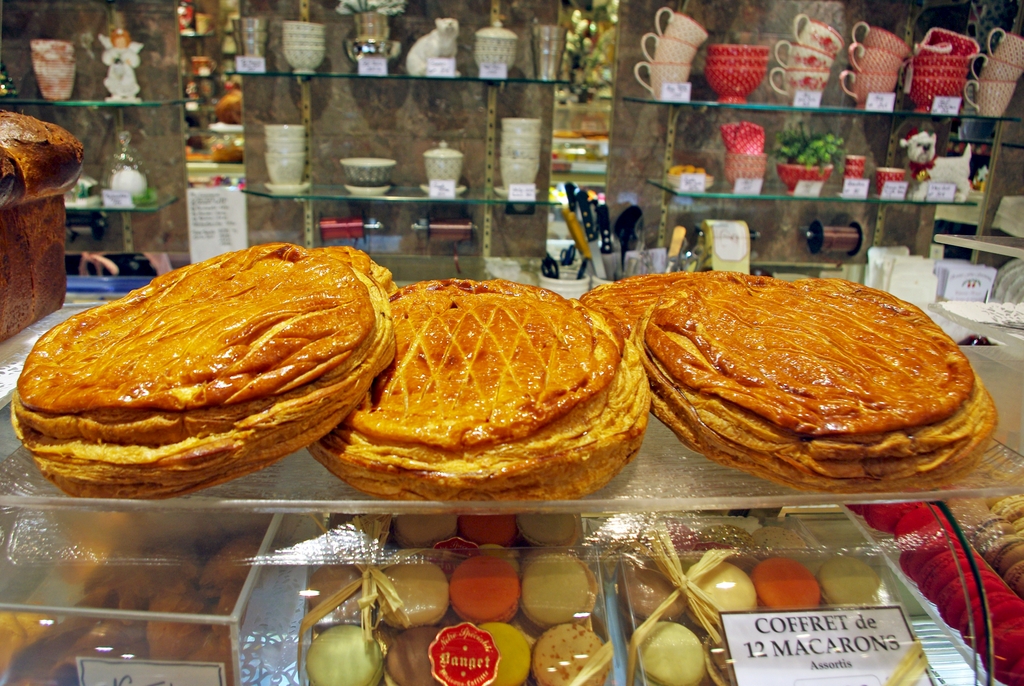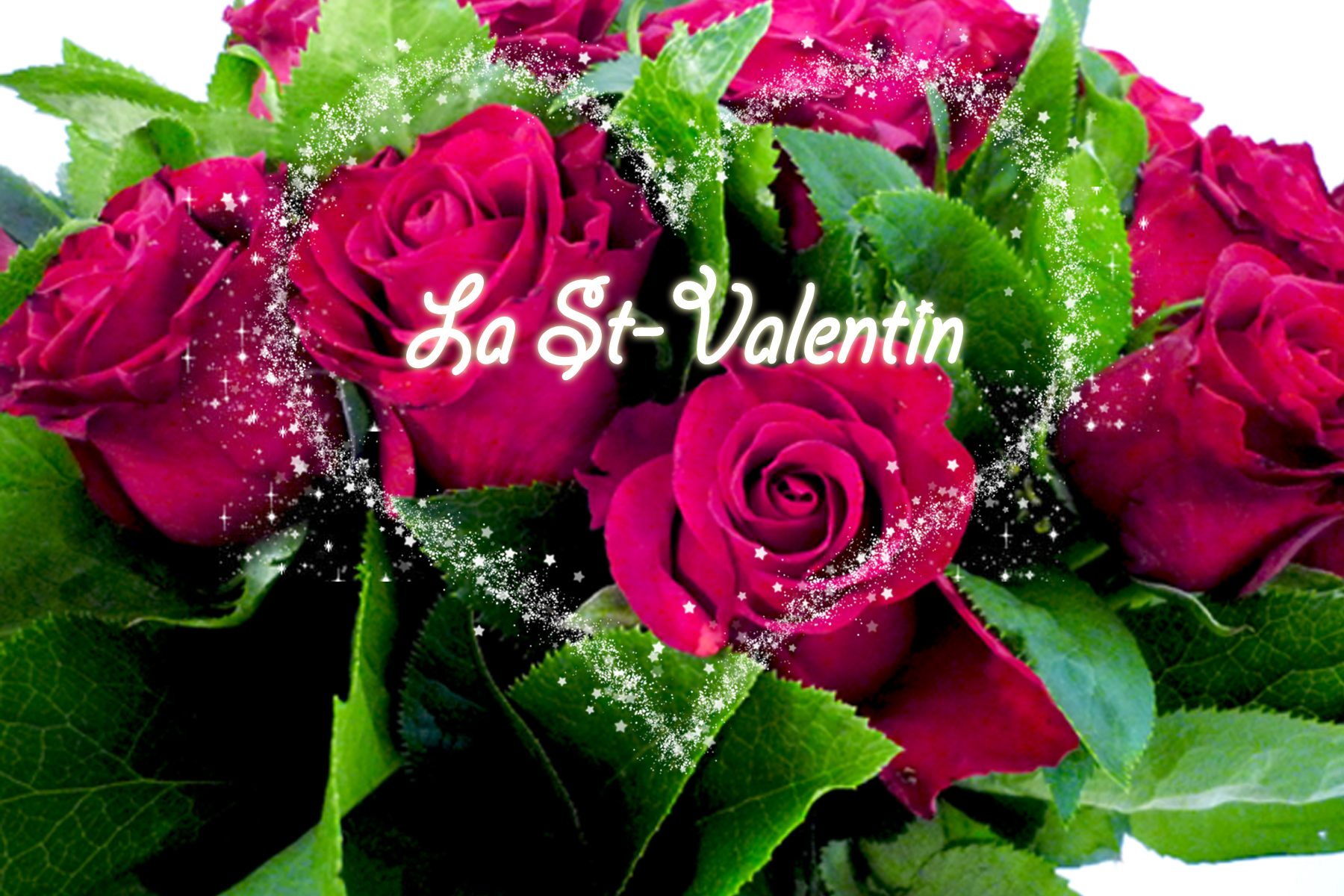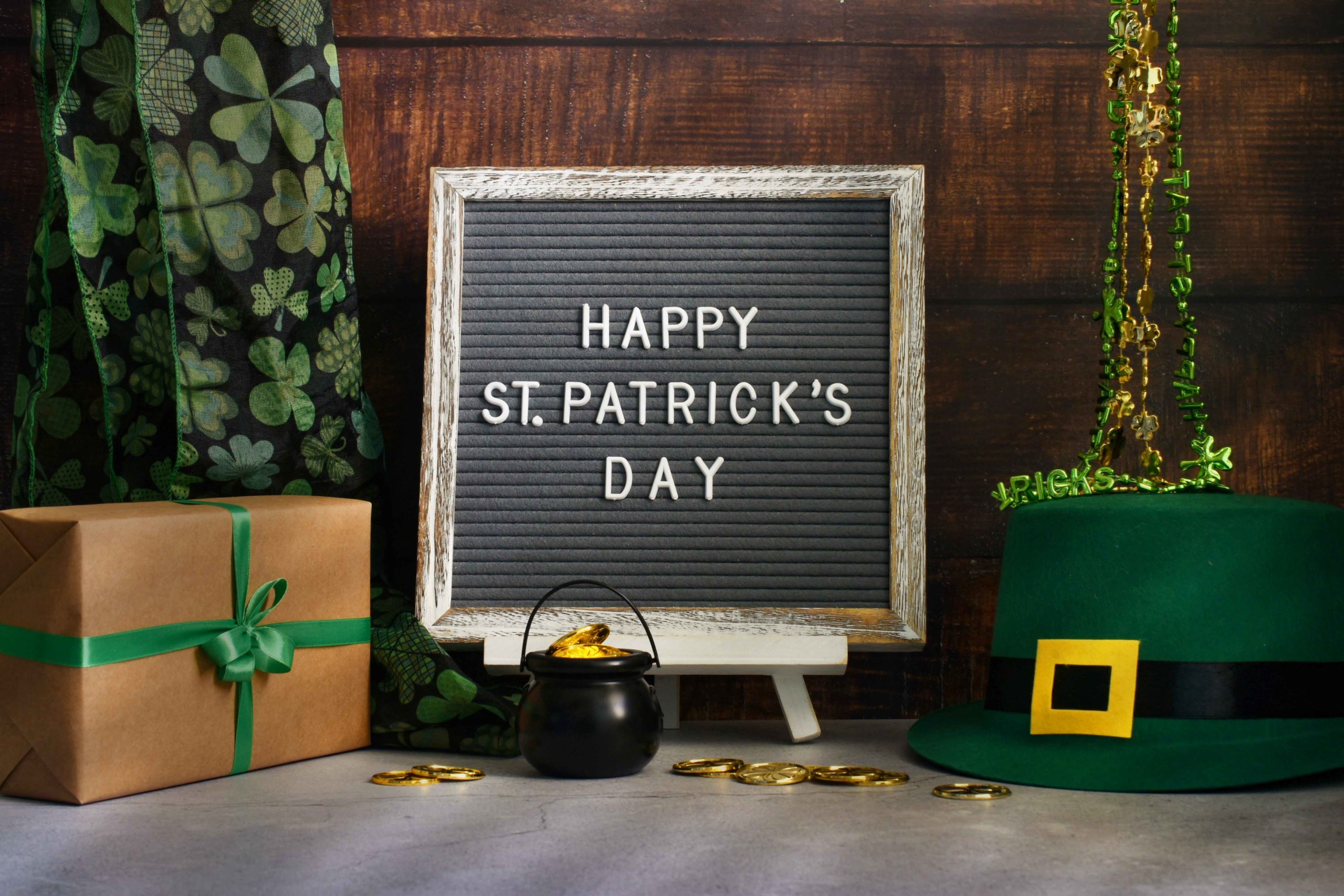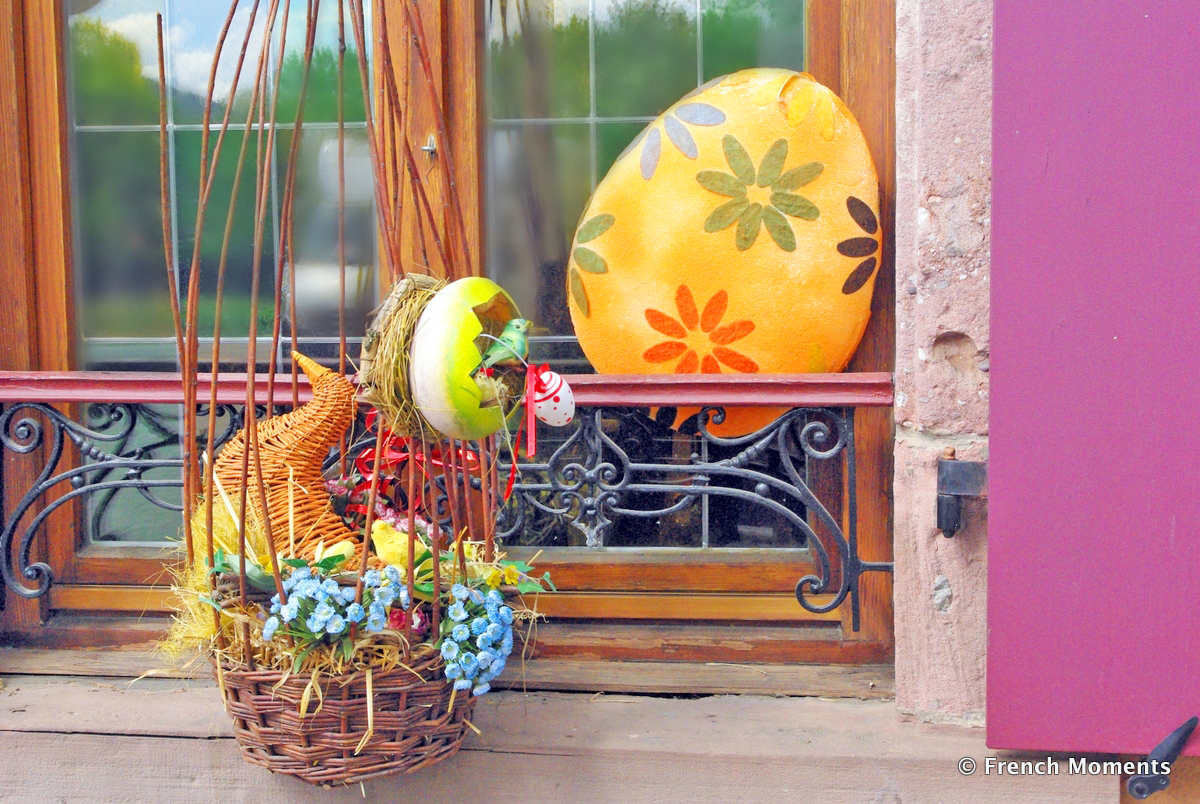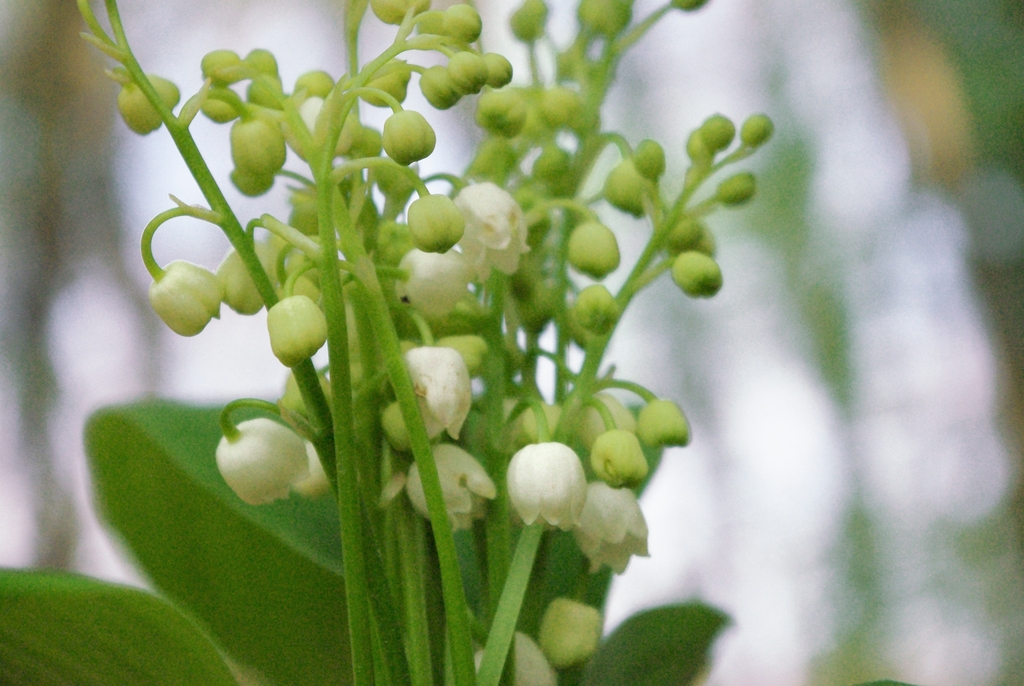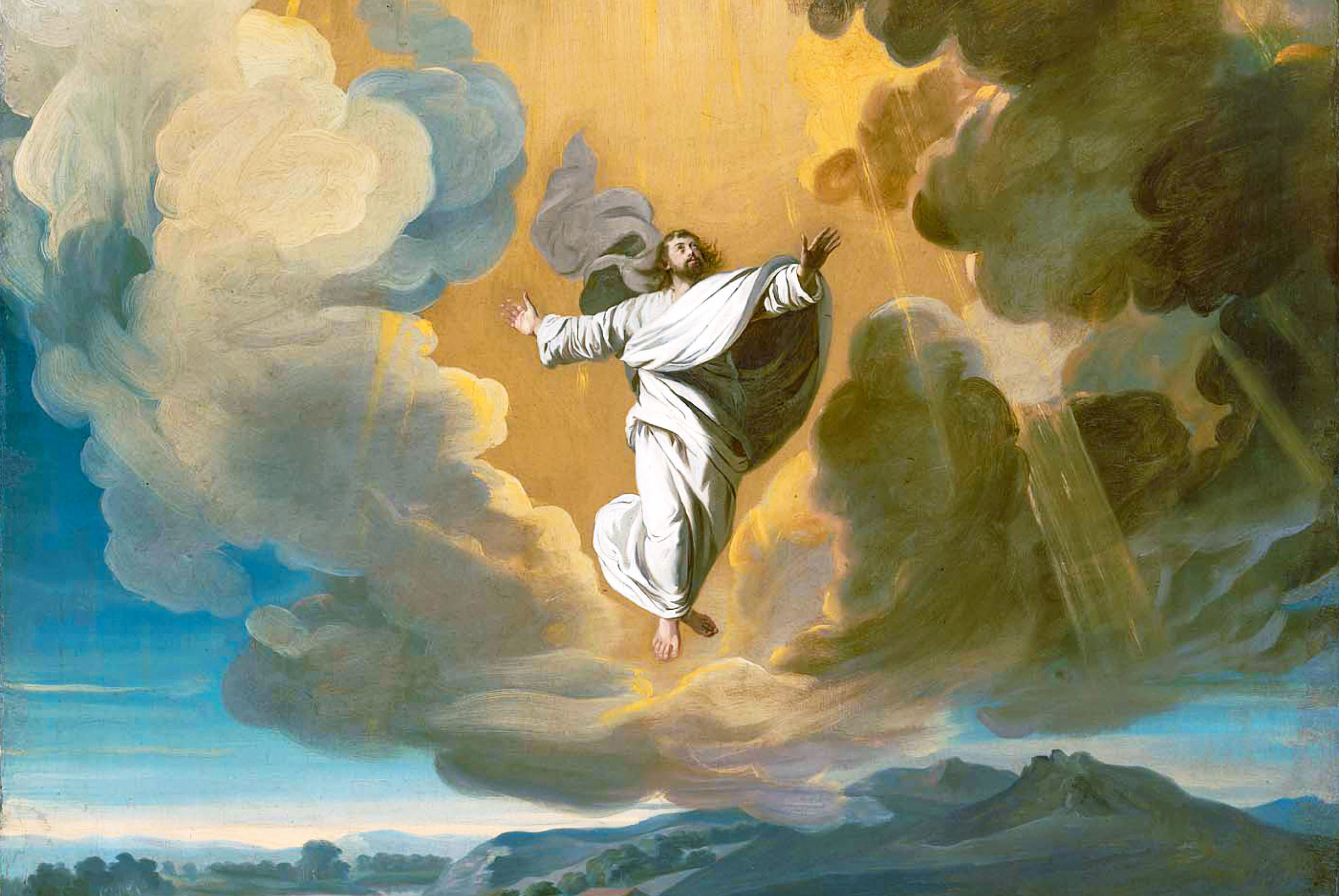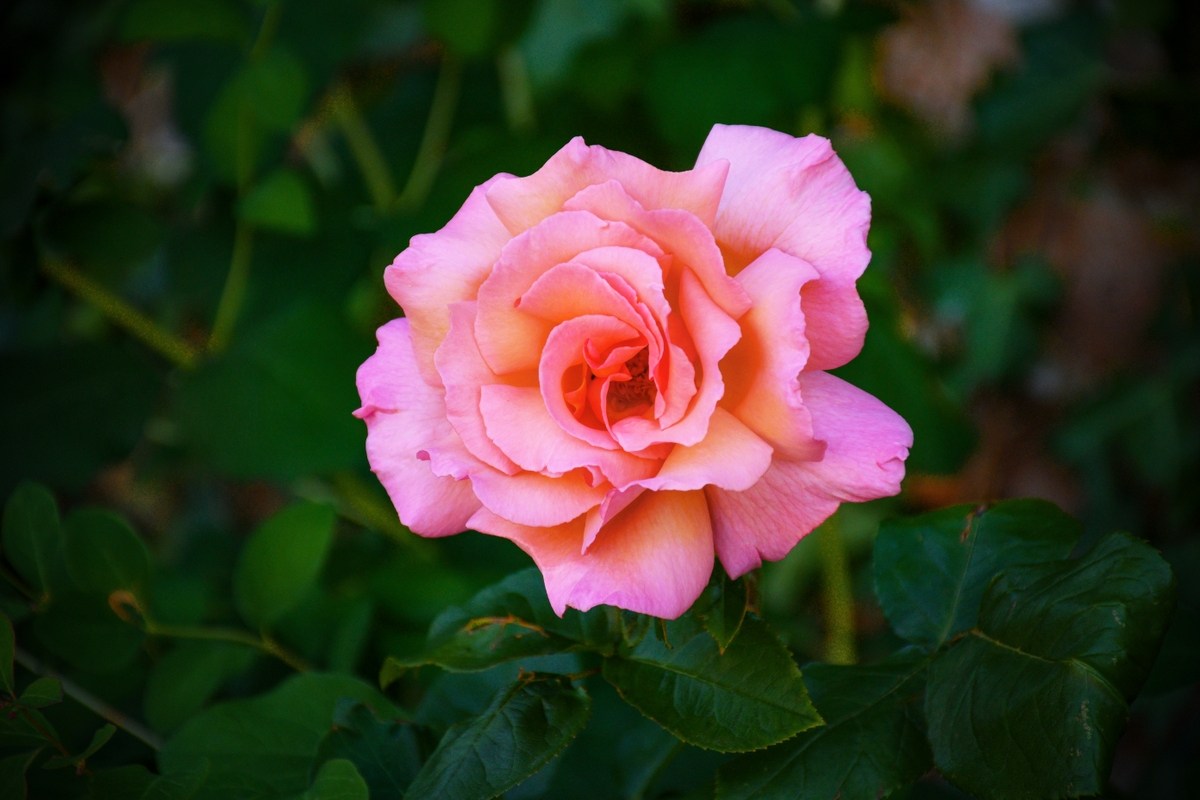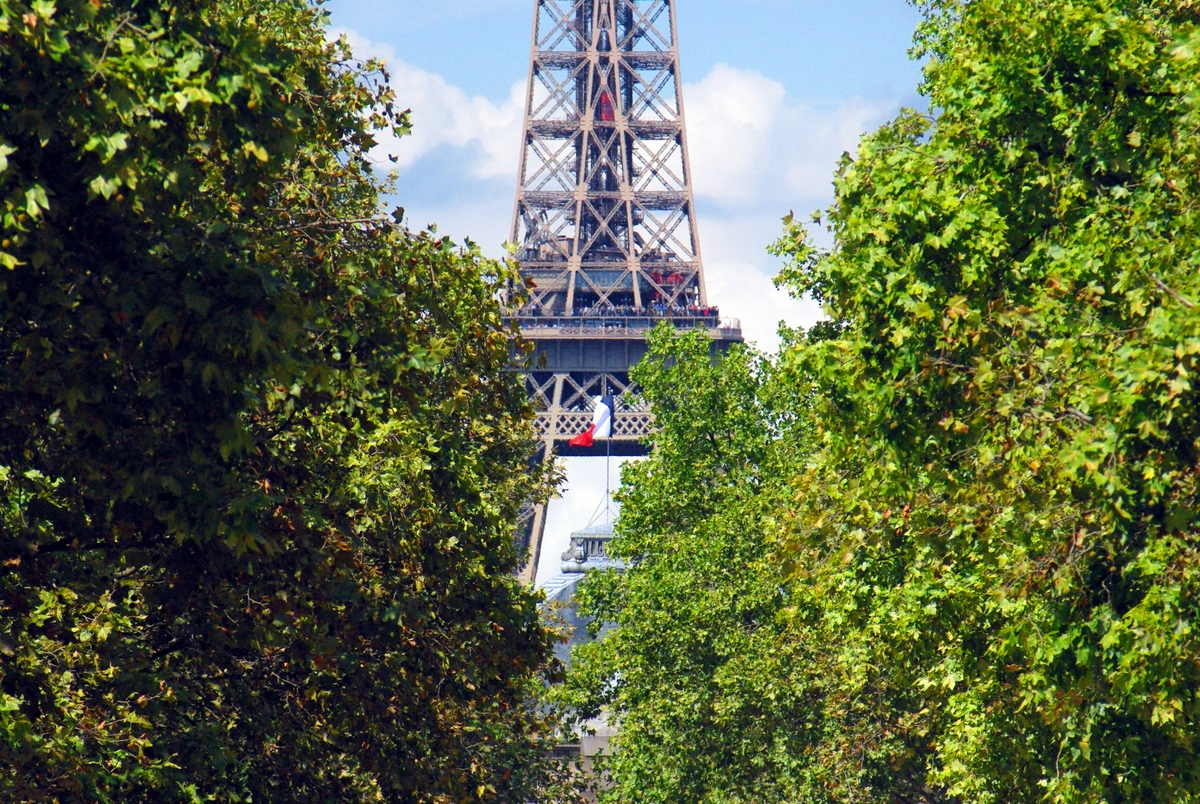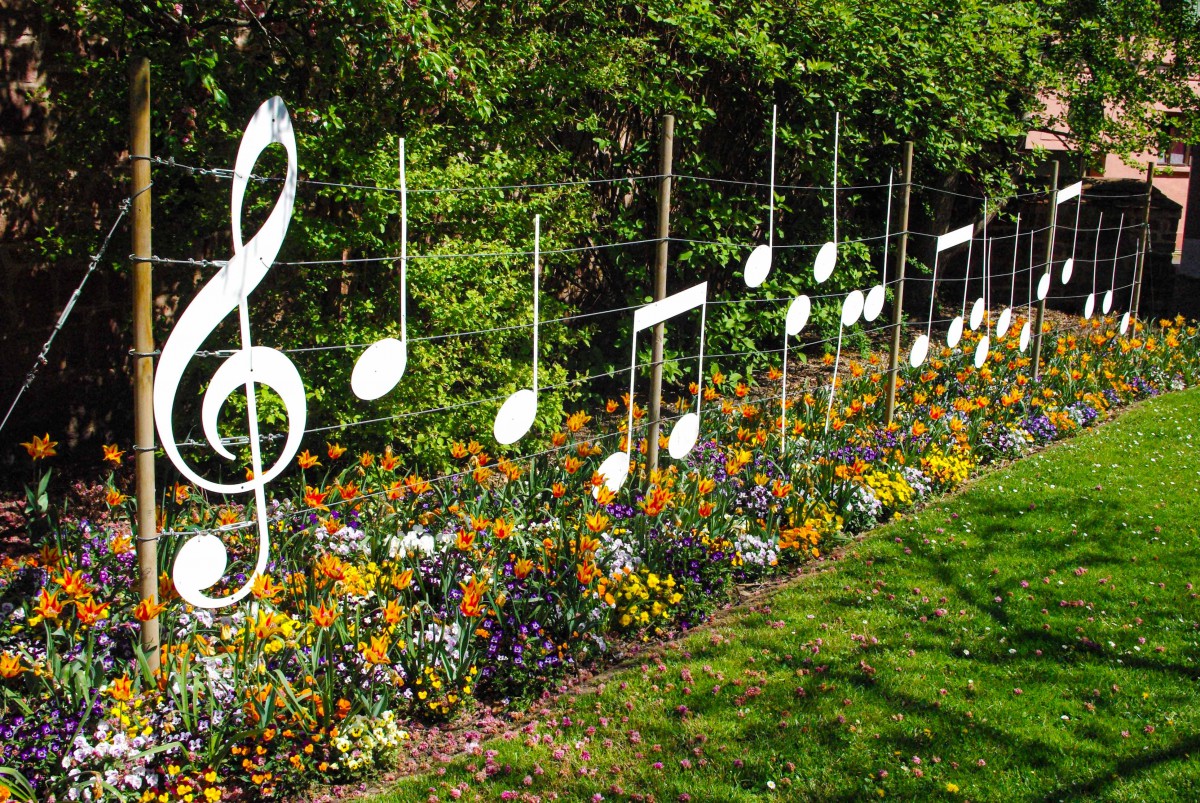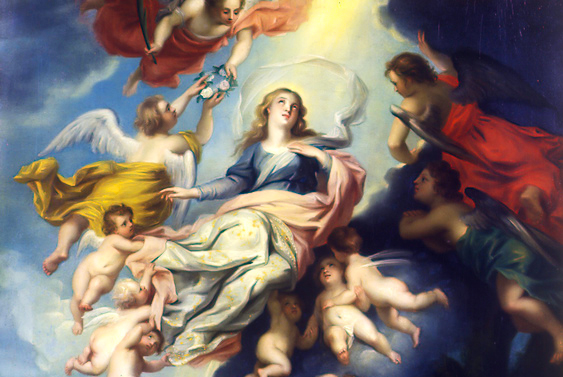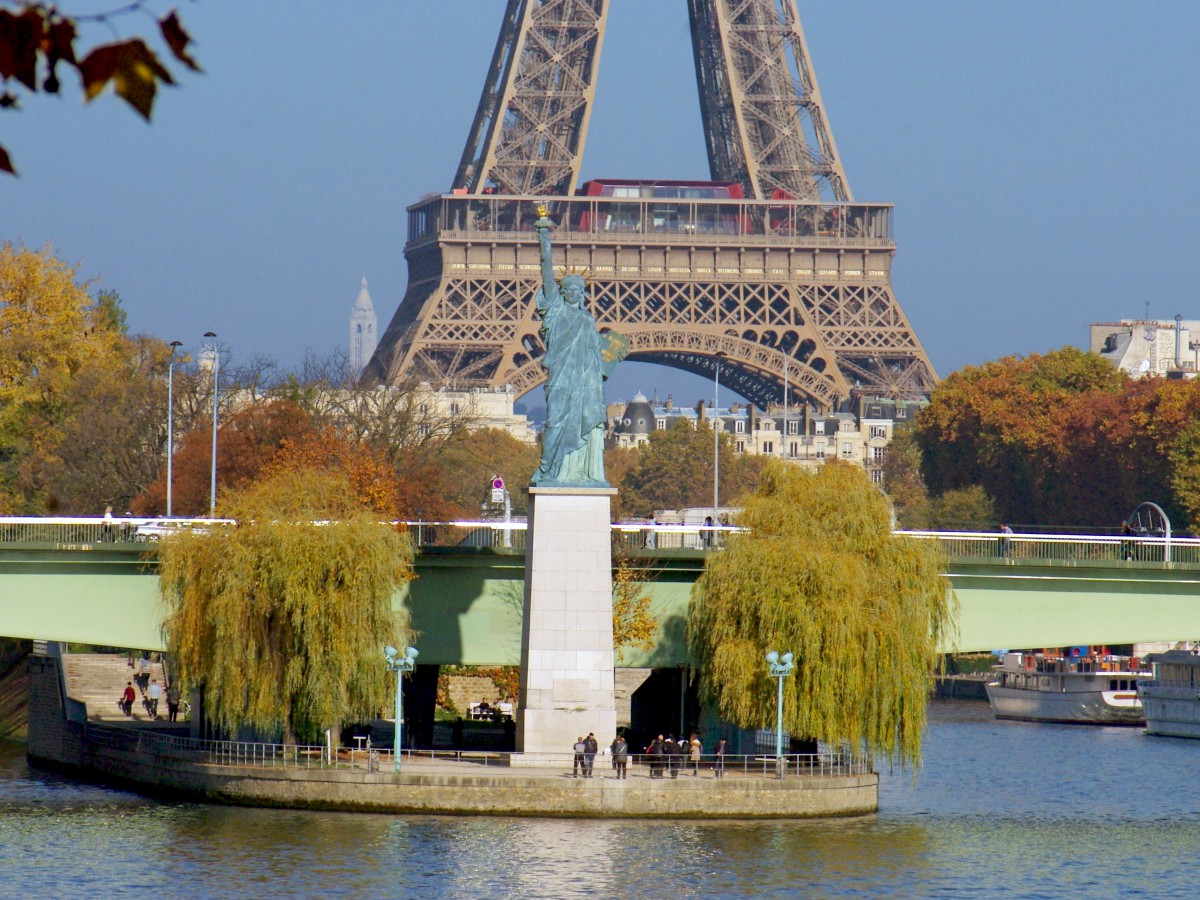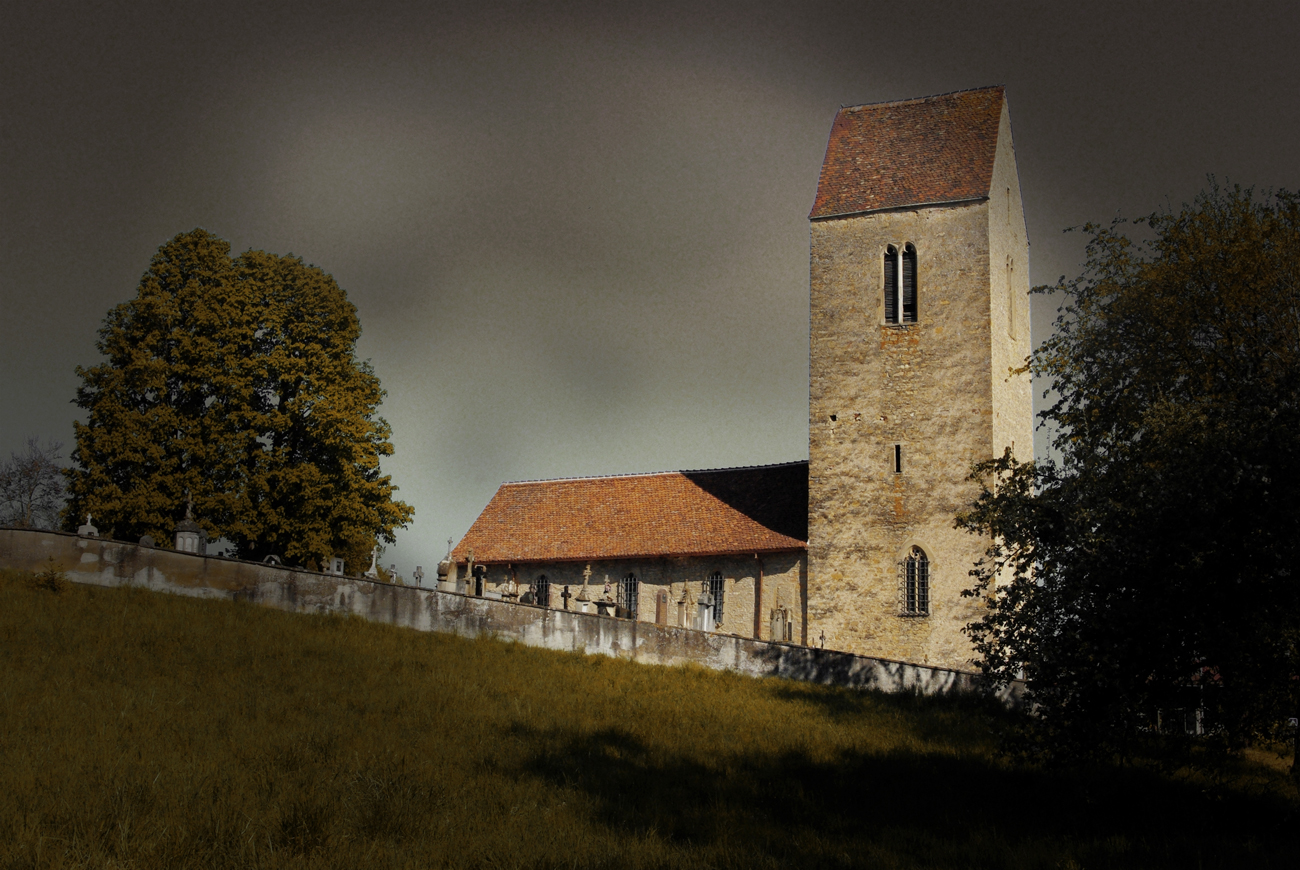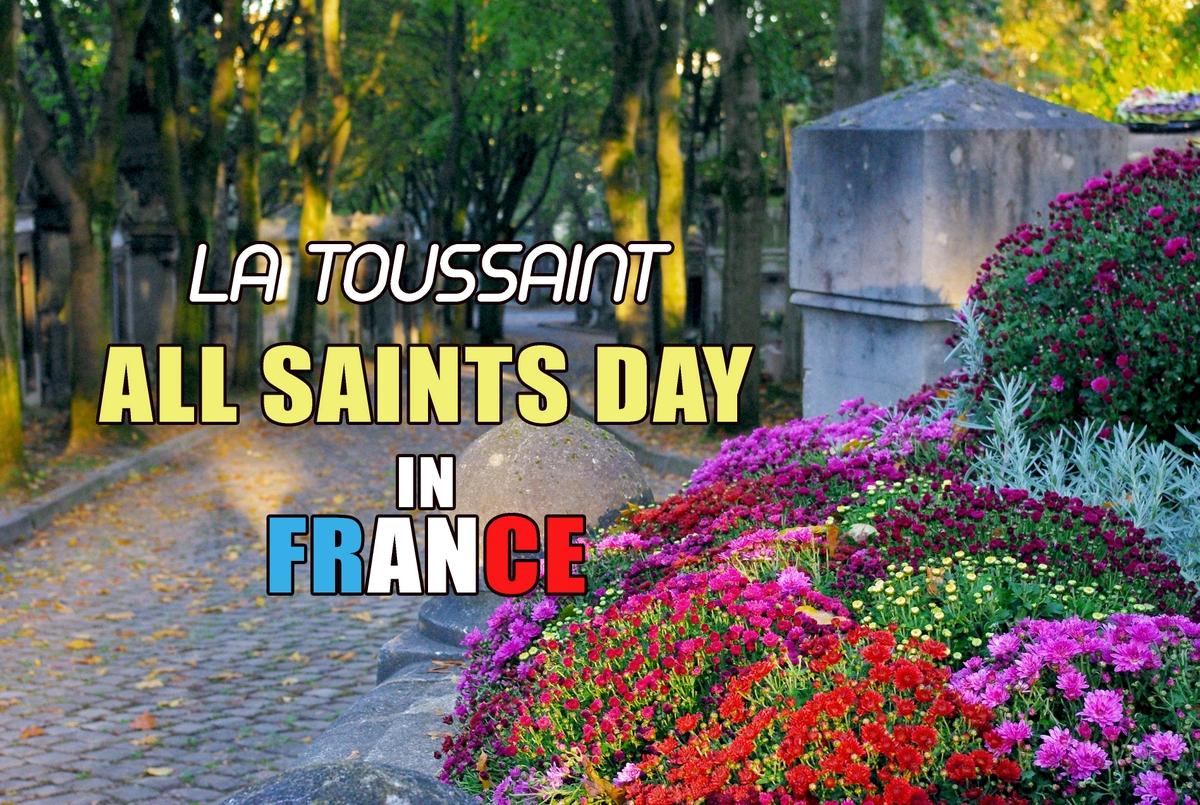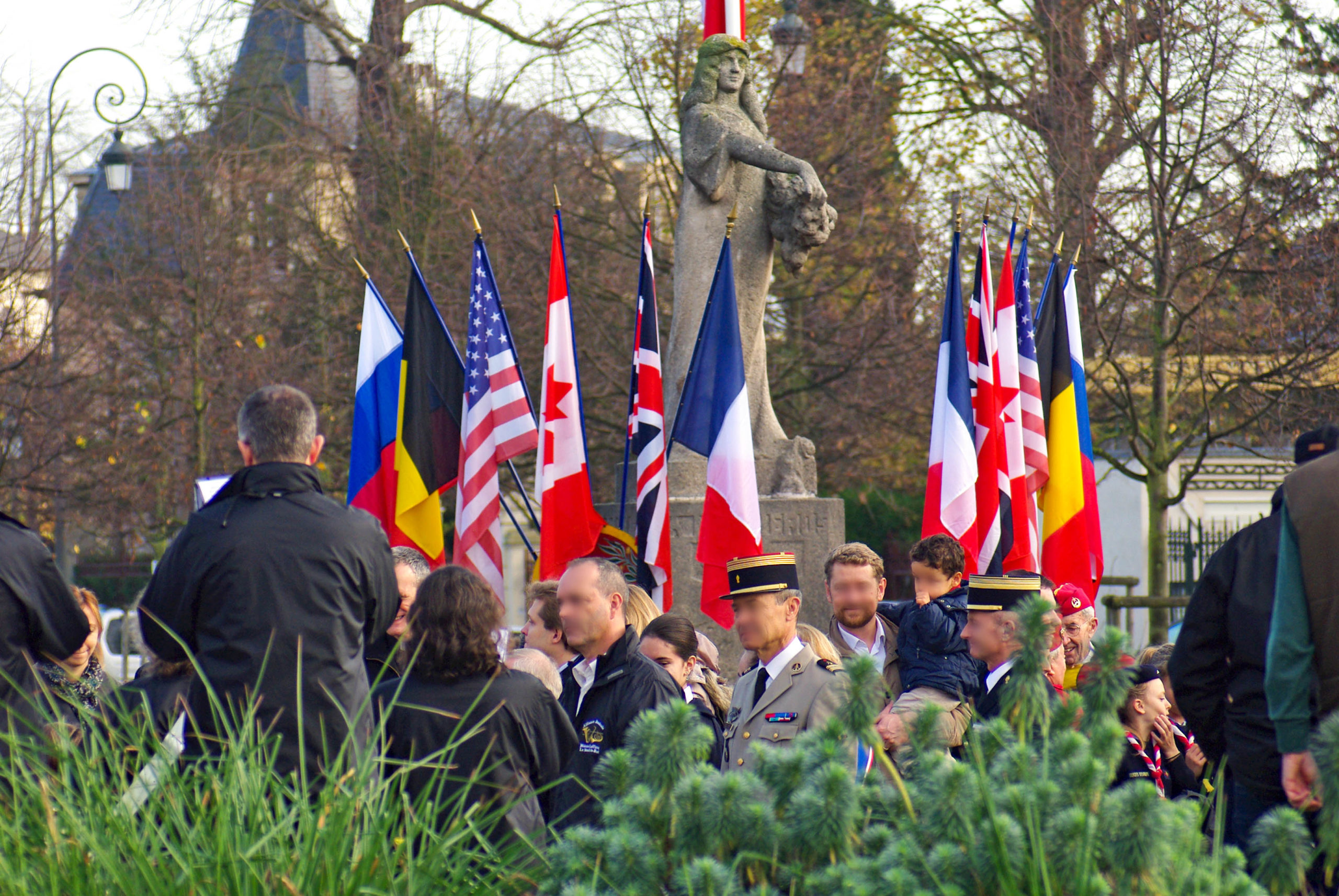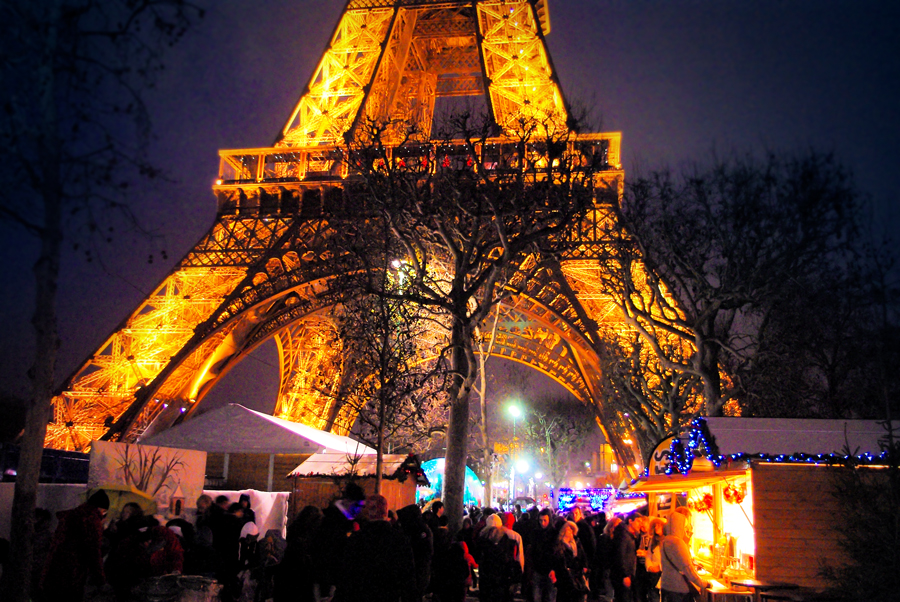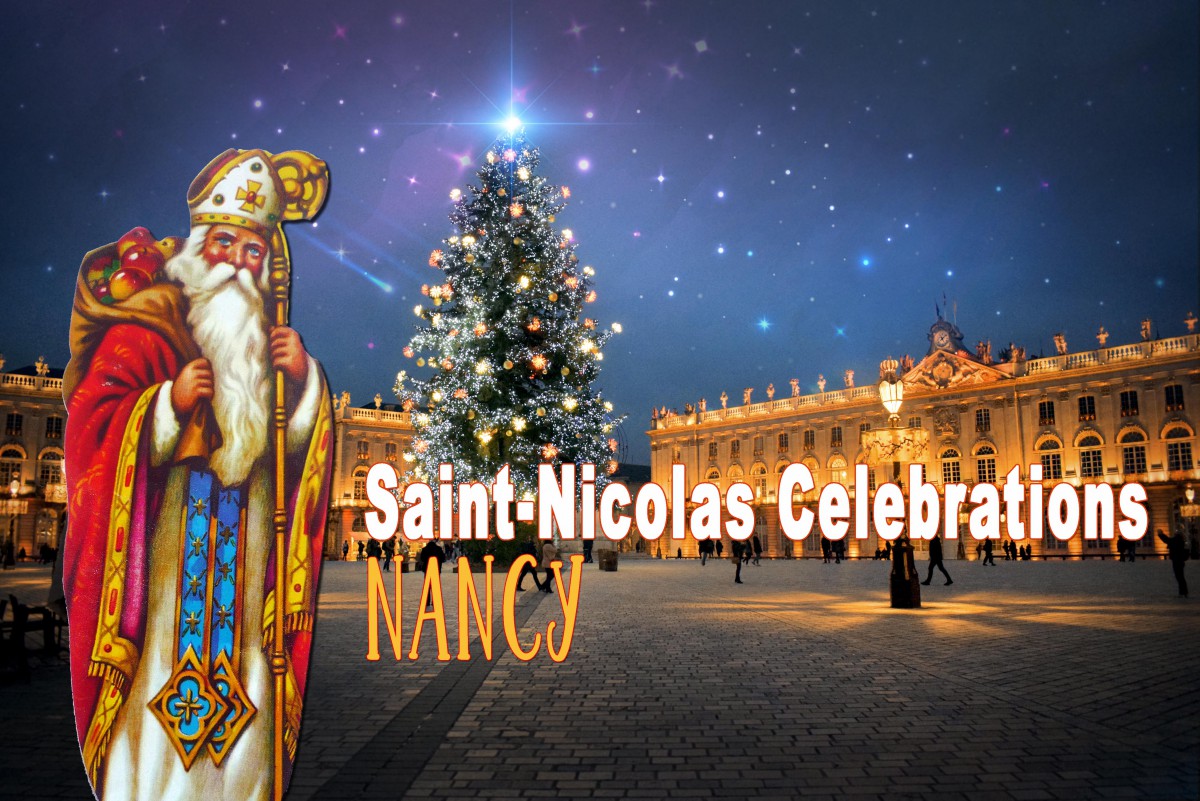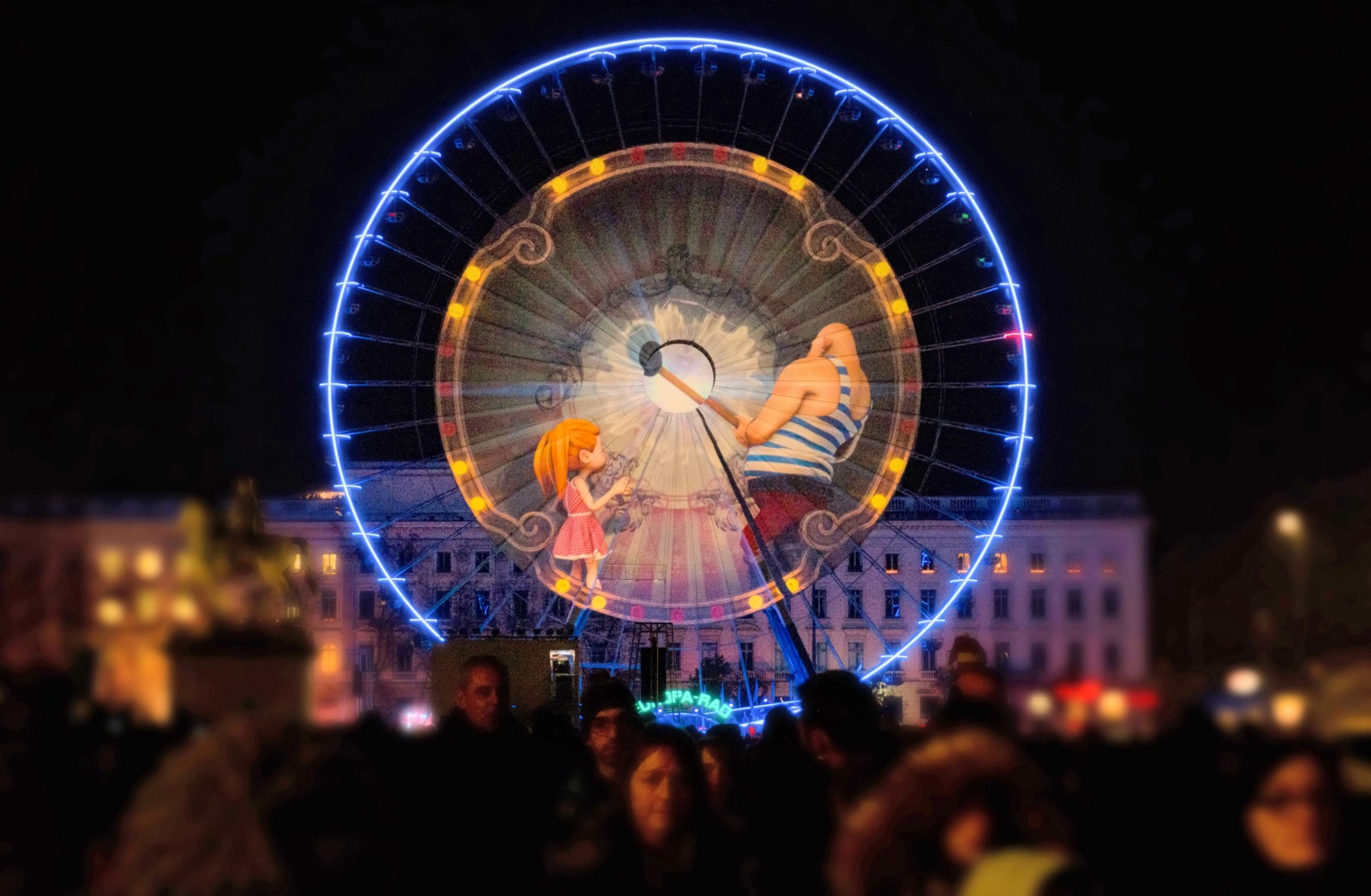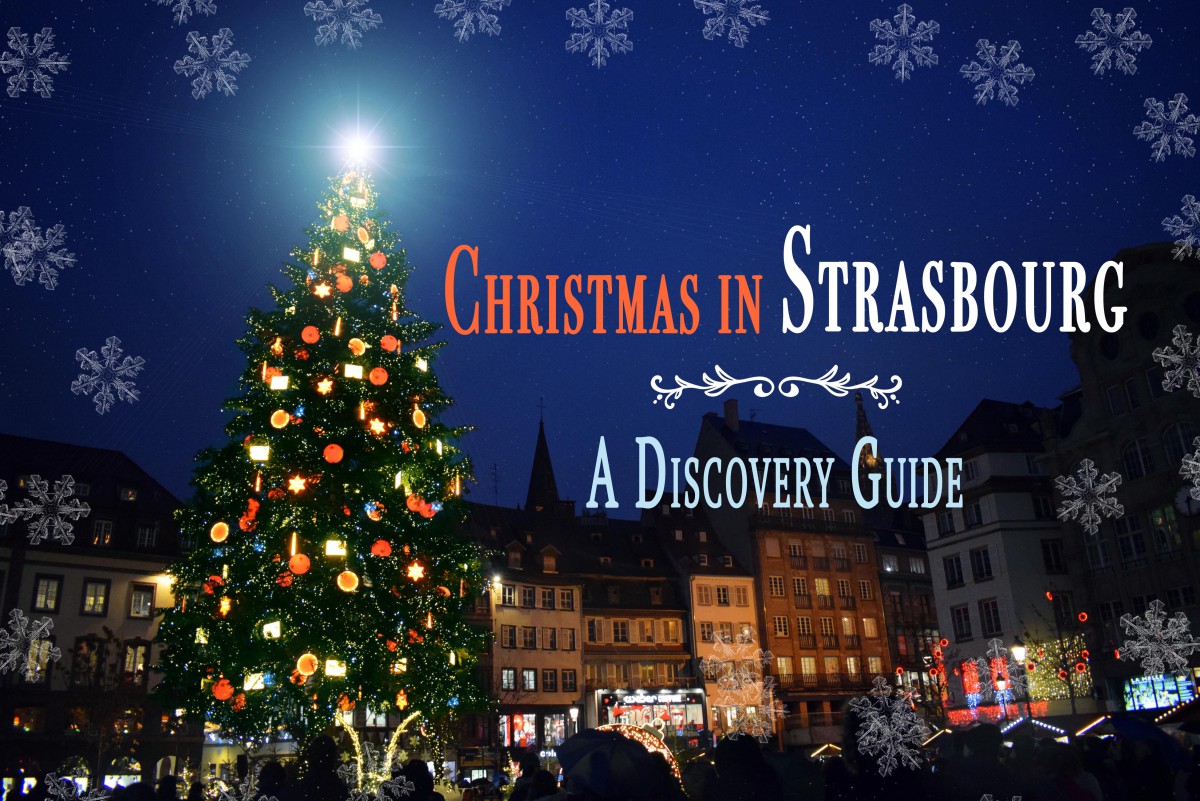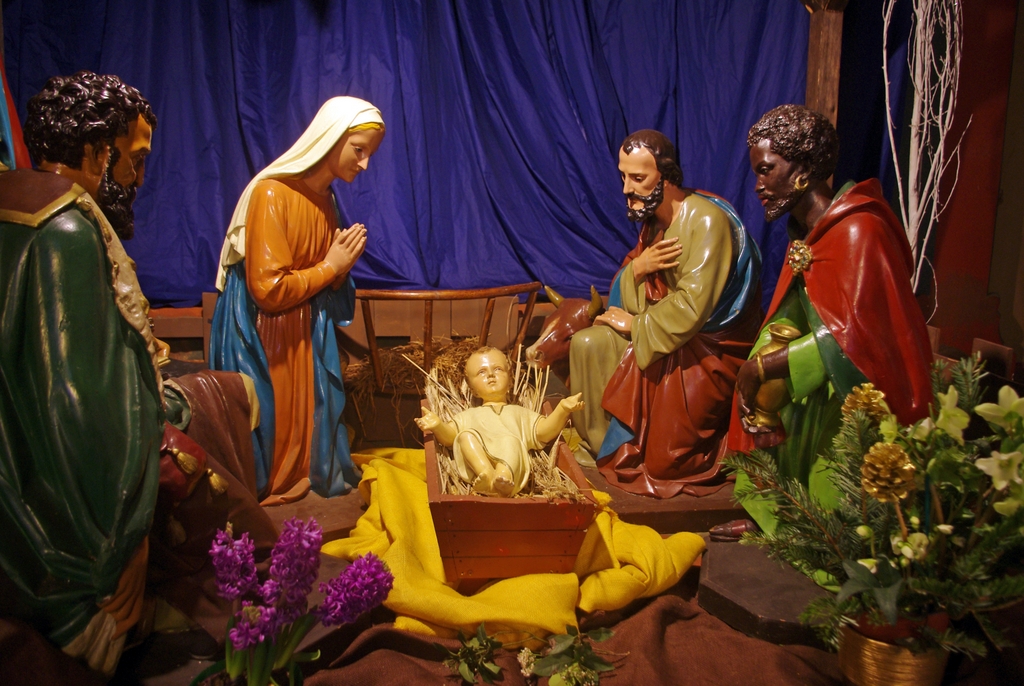The feast of Saint John in France celebrates the birth of St John the Baptist, Jesus’ cousin who baptised him in the Jordan River. The Church has given it the date of 24 June, which is the time of the summer solstice. The date is the occasion for great popular festivals, some of which are still celebrated, especially in the North-East of France.
The origins of the Feast of Saint John in France
The Church has placed the feast of the Nativity of St. John the Baptist on June 24.
Before discussing this highly symbolic date, let’s find out who John the Baptist was.
The cousin of Jesus Christ
John the Baptist (Jean le Baptiste in French) is found in the Bible.
We know that he was the son of Zechariah, a Jewish priest at the Temple in Jerusalem, and Elizabeth, a relative of Mary, the future mother of Jesus.

According to the Gospel of Matthew (chap. 3, verse 4), John the Baptist led a hermit’s life in the desert. Dressed in a “tunic of camel’s hair”, he ate “locusts and wild honey” and fast. Then he moved to the banks of the Jordan River, where he practised baptism of repentance, i.e. baptism by immersion in water.

King Herod arrested him after John the Baptist denounced the adultery between the king and his sister-in-law, Herodias. Thus he was beheaded, according to the wishes of Salome, Herodias’ daughter.

Why the date of 24 June?
Curiously, John the Baptist is the only saint whose birthday is celebrated among the Catholics (along with Jesus Christ and Mary).
The date of his birth is not known, but tradition places it six months before that of his cousin, Jesus Christ.
When the Church fixed the date of Jesus’ birth on 25 December (around the winter solstice), it took care to do the same for John the Baptist, 6 months earlier, on 24 June.
Saint John’s Day (June 24 – summer solstice) had become the counterpart of Christmas (December 25 – winter solstice)
Moreover, this date of 24 June had a certain advantage…
As with Christmas, it was necessary to Christianise an ancestral pagan tradition that celebrated the course of the Sun.
The summer solstice and the cult of the Sun
The summer solstice – the longest day of the year – has been celebrated since the dawn of time in connection with the worship of the sun.
Throughout Europe, these celebrations took place around solstice fires.
People attributed them a magical and protective meaning, while this “sacred” night was considered conducive to the exit of supernatural and evil beings (demons, witches, etc.).
- The light of the fire symbolised the Sun
- The smoke had purifying virtues.
A lot of superstitions
And, of course, the feast of St. John was a time of many superstitions…
A document dated 1544 describes the pagan superstitions linked to the pagan solstice fires as follows:
“They were lit at the crossroads in the fields to prevent witches and sorceresses from passing through during the night; herbs gathered on Saint John’s Day were sometimes burned to ward off lightning, thunder and storms, and it was thought that these fumigations would ward off demons and tumults.”
Bonfires gathered the entire population of the village around a ceremonial pyre:
- Once the fire died, young couples would step over it to guarantee fertility (or the promise of marriage within the year). Other villagers also crossed it to be protected from disease.
- The height of the jump was proportional to the amount of harvest a farmer could expect.
- In some of the countryside, cattle were walked through the thick smoke (which was stimulated by adding green wood or herbs). These fumigations were said to have protective powers.
- As on New Year’s Eve, firecrackers were thrown in so that the noise would ward off evil spirits.
- Sometimes unloved animals were burnt alive: black cats, snakes, toads, rats… in fact, those linked to witchcraft!
- The next morning, the ashes were spread in the fields (in the hope of making them fertile).
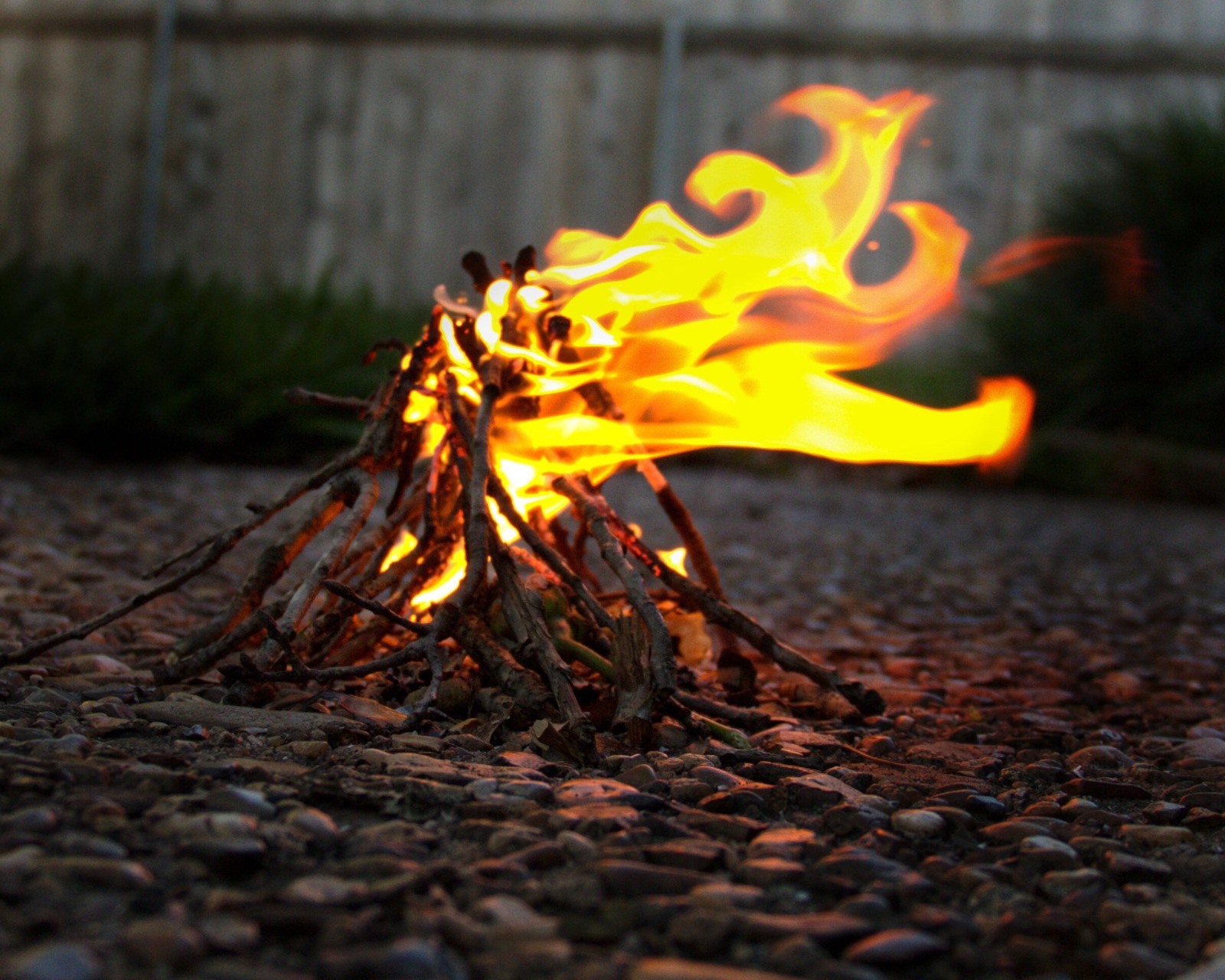
Sacrilege!
One can imagine that the solstice festival and its bonfires were not to the taste of the Catholic Church!
Indeed, as early as the High Middle Ages, the Catholic Church (with the approval of emperors and kings) tried to ban the practice of solstice fires and the pagan rites associated with them.
In the middle of the 7th century, St. Eloi openly condemned them:
“Let no one, on the feast of St. John or any other solemnity, celebrate the solstices and indulge in spinning or jumping dances, or carols [ancient dance], or diabolical songs”
However, faced with the persistent pagan practice, the Church chose another strategy, already tested for the feast of Christmas: to Christianise the feast of the summer solstice as much as possible.
Thus, the date of 24 June was attributed to Saint John the Baptist.
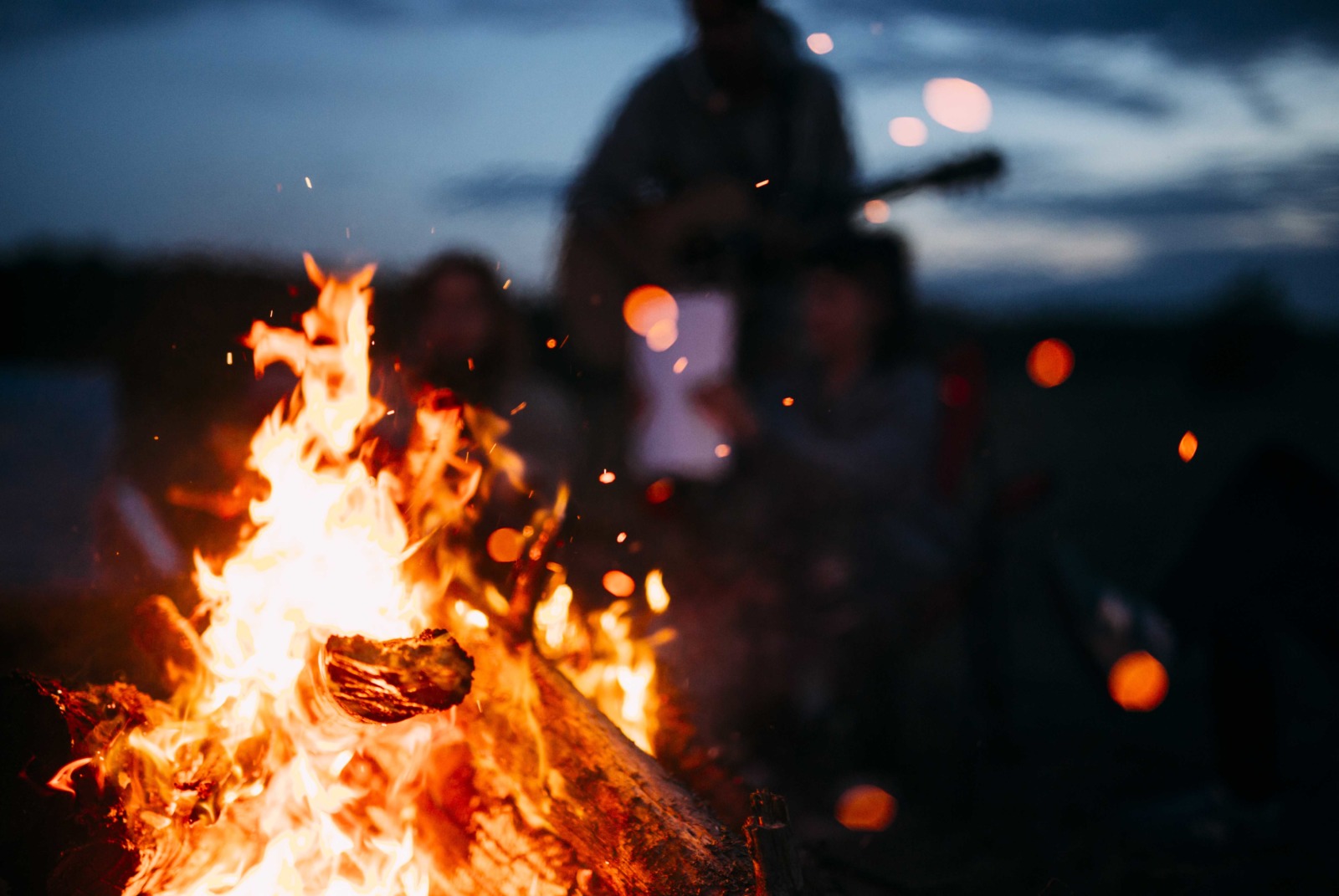
However, the Church continued to condemn, more or less openly, bonfires of pagan origin.
In 1704, in the Catechism of Meaux, Bossuet (1627-1704) denounced the superstitions of the Midsummer bonfires, describing them as follows:
“Dancing around the fire, playing, feasting, singing dishonest songs, throwing herbs over the fire, picking them before noon or on an empty stomach, carrying them on one’s person, keeping them throughout the year, keeping firebrands or coals from the fire, and the like.”
That said, in some dioceses, the clergy was more tolerant than elsewhere… notably by blessing the pyre before lighting it.
Bonfires on Saint John’s Day today
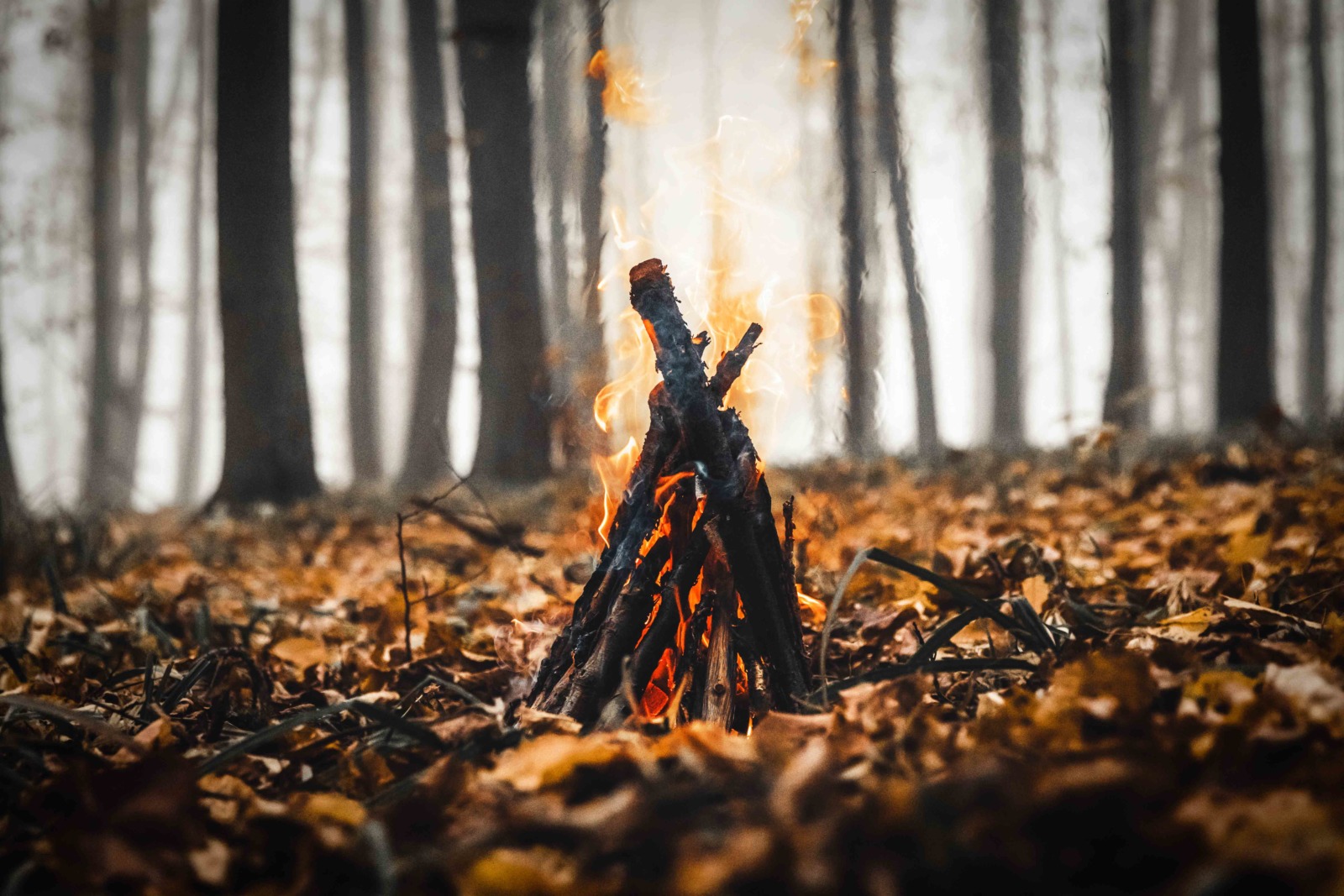
In some parts of France’s countryside in the north-eastern regions, bonfires on St John’s Day have not disappeared.
They are popular public events that bring villagers together around a ceremonial bonfire.
I have never personally taken part in the burning of a bonfire. Still, I remember observing the pyramid-shaped structures during walks in the Vosges valleys of the Thur and Doller rivers.
From the end of winter onwards, these strange wooden towers can be seen growing on eminences above the villages.
It is customary to light bonfires at night on Saint John’s Eve.
[Note: the pandemic crisis linked to COVID-19 has led to the cancellation of many events in 2020 and 2021].
Let’s discover these ancestral traditions in Alsace-Lorraine…
The Johànisfirla in Soultzbach-les-Bains
In Soultzbach-les-Bains, the Midsummer festivities have kept their social function of yesteryear. The firemen’s association organises the popular event. The Johànisfirla festival includes a parade during which the conscripts (young boys) march alongside the firemen and the brass band, proudly carrying the French flag.
In this village in the Munster valley, the inhabitants have kept the ancestral tradition of crossing the fire alive. Every year, the conscripts must prove their courage by crossing the fire! The festival ends with a fireworks display.
The fackels of the Thur valley
In this part of the Thur valley, the so-called St. Amarin valley, the traditions of Saint John in France have been saved from oblivion.
In the past, the signal for the burning of the pyres in the valley was given from the pyre in Mollau. This tradition has been lost, but not the fackels.
In Alsace, a fackel is the name for a pyramid-shaped wooden pyre about ten metres high (and up to 20 metres high in Kruth!). The pyre is often crowned with fir branches and topped with the tricolour flag.

Building a fackel is a complex task that requires time, know-how and personal investment. In the Saint-Amarin Valley, it often involves the conscripts who work on building the pyre for one and a half or even two months.

In reality, two fackels are built:
- A small one will be lit to announce the beginning of the festival.
- And the larger one, which will be set alight at nightfall.
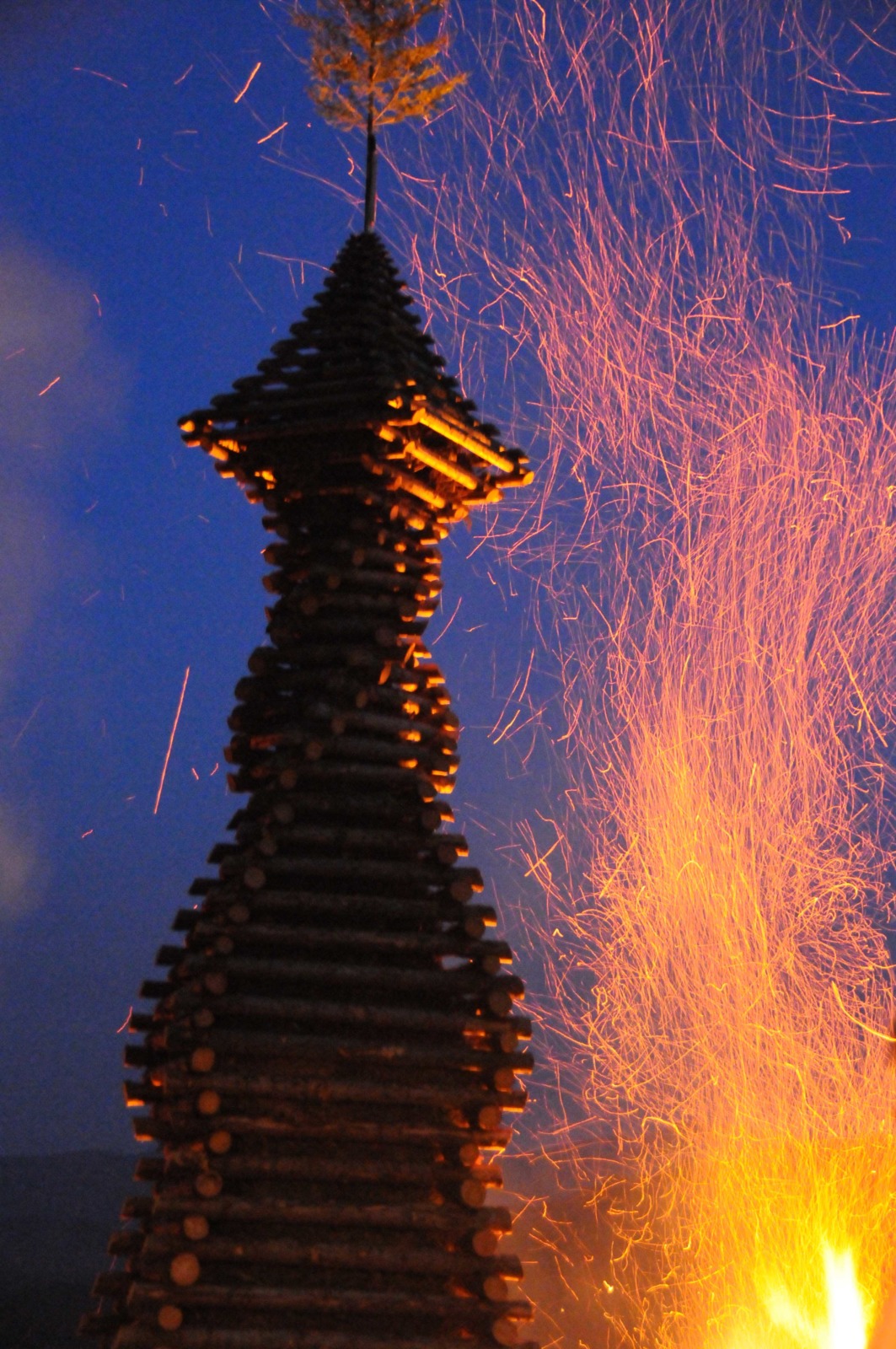
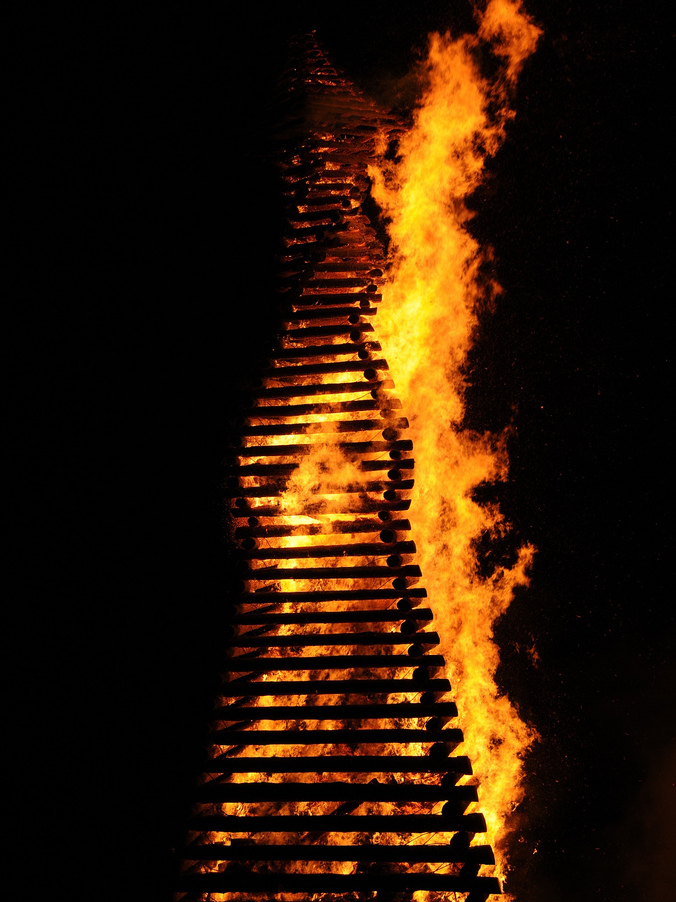
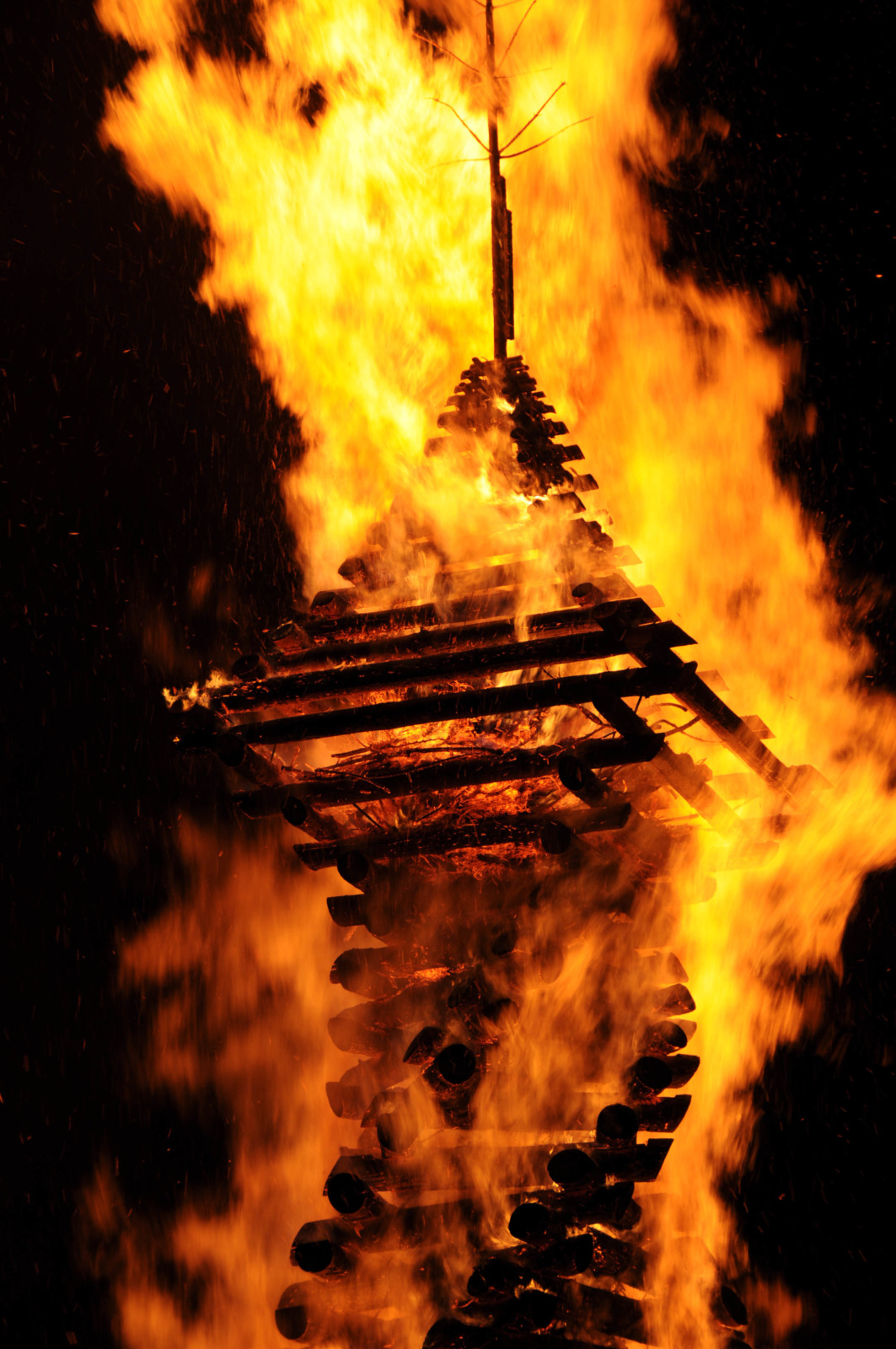
The Midsummer’s Day festival ends with fireworks and musical and dancing entertainment.
► Discover the Saint-Amarin valley on the Hautes-Vosges Alsace website
The chavande of the Lorraine Vosges
On the Lorraine side of the Vosges, wooden constructions similar to fackel grow on the heights of the villages. Here they are called chavandes.
The fires of the Three Provinces
These are the highest Saint John’s fires in the Vosges! And for a good reason, they are lit at the top of the Ballon d’Alsace, at an altitude of 1247 m.
![Feast of Saint John in France - The Three Provinces fire at the Ballon d'Alsace © Thomas Bresson - licence [CC BY 4.0] from Wikimedia Commons](https://frenchmoments.eu/wp-content/uploads/2021/06/Feu-des-Trois-Provinces-Ballon-dAlsace-©-Thomas-Bresson-licence-CC-BY-4.0-from-Wikimedia-Commons.jpg)
A thousand people gather yearly on the heights to participate in the event, the tradition of which dates back to 1992.
The Ballon d’Alsace is a mythical mountain because it marks the border between three provinces: Alsace, Lorraine and Franche-Comté.
![Feast of Saint John in France - The Three Provinces fire at the Ballon d'Alsace (in 2016) © Thomas Bresson - licence [CC BY 4.0] from Wikimedia Commons](https://frenchmoments.eu/wp-content/uploads/2021/06/Feu-des-Trois-Provinces-Ballon-dAlsace-2-©-Thomas-Bresson-licence-CC-BY-4.0-from-Wikimedia-Commons.jpg)
Thus, the festival conveys a federative character for the inhabitants of the three historical regions that share the Ballon d’Alsace massif.
Saint John’s Day bonfires in the Territoire-de-Belfort
Several communes in the Territoire-de-Belfort organise Saint John’s Day bonfires in the same way as those in Alsace. This is not surprising because, historically and culturally, this small department was part of Alsace (until 1871).
St John’s Day fire in Montreux-Château (French-speaking commune of the Sundgau):
![Feast of Saint John in France - bonfire in Montreux-Château © Thomas Bresson - licence [CC BY 4.0] from Wikimedia Commons](https://frenchmoments.eu/wp-content/uploads/2021/06/Feu-de-la-Saint-Jean-Montreux-Chateau-©-Thomas-Bresson-licence-CC-BY-4.0-from-Wikimedia-Commons.jpg)
In Bavilliers, fire-eater lights… the fire!
![Feast of Saint John in France - At the Parc de la Douce in Bavilliers © Thomas Bresson - licence [CC BY 4.0] from Wikimedia Commons](https://frenchmoments.eu/wp-content/uploads/2021/06/Feu-de-la-Saint-Jean-Bavilliers-©-Thomas-Bresson-licence-CC-BY-4.0-from-Wikimedia-Commons.jpg)
Before giving a demonstration…
![Saint-Jean fire in Bavilliers © Thomas Bresson - licence [CC BY 4.0] from Wikimedia Commons](https://frenchmoments.eu/wp-content/uploads/2021/06/Feu-de-la-Saint-Jean-Bavilliers-2-©-Thomas-Bresson-licence-CC-BY-4.0-from-Wikimedia-Commons.jpg)
In Belfort, the Midsummer fire takes place at La Miotte:
![A la Miotte, in Belfort © Thomas Bresson - licence [CC BY 4.0] from Wikimedia Commons](https://frenchmoments.eu/wp-content/uploads/2021/06/Feu-de-la-Saint-Jean-Belfort-2-©-Thomas-Bresson-licence-CC-BY-4.0-from-Wikimedia-Commons.jpg)
![The bonfire in Belfort © Thomas Bresson - licence [CC BY 4.0] from Wikimedia Commons](https://frenchmoments.eu/wp-content/uploads/2021/06/Feu-de-la-Saint-Jean-Belfort-©-Thomas-Bresson-licence-CC-BY-4.0-from-Wikimedia-Commons.jpg)
The Saint-Jean wheel in Sierck-les-Bains
In the Sierck region, on the borders of Lorraine, Luxembourg and Germany, the Fête de la Saint-Jean is the occasion for two days of grand celebrations.
The traditional parade of floats is a great success for the population. About twenty floats are parading on the Quai des Ducs and in the centre of the medieval city. The inhabitants participating in the event decorate them according to a different theme each year.
The celebration’s highlight is the descent of the flaming wheel on the slopes of the Stromberg in Contz-les-Bains.
The handmade wheel is about 2 metres in diameter and weighs about 250 kg (it takes twenty strong arms to carry it!). It is filled with vine shoots and straw to create a spectacular blaze.
![In the Sierck valley, the fire wheel is filled with vine shoots and straw © Thomgege - licence [CC BY-SA 3.0] from Wikimedia Commons](https://frenchmoments.eu/wp-content/uploads/2021/06/Contz-les-Bains-Roue-bourrée-avec-les-sarments-de-vignes-et-la-paille-©-Thomgege-licence-CC-BY-SA-3.0-from-Wikimedia-Commons.jpg)
But to prevent it from burning too quickly, it was put in the water of the Moselle for a month.
Launched down the hillside, the fire wheel is supposed to end its journey in the Moselle. If this is the case, the harvest should be exceptional this year…
![The flaming wheel in Contz-les-Bains © Thomgege - licence [CC BY-SA 3.0] from Wikimedia Commons](https://frenchmoments.eu/wp-content/uploads/2021/06/Contz-les-Bains-Roue-enflammée-©-Thomgege-licence-CC-BY-SA-3.0-from-Wikimedia-Commons.jpg)
The tradition of the flaming wheel evokes an ancient tradition. The wheel that rolls down the slope is reminiscent of the sun’s never-ending race.
Finally, the following day, the town organises a 6.5 km long walk “around the vineyards and the St John’s wheel“. It allows you to admire the picturesque site of the Sierck valley, which the Moselle irrigates, and the charming village of Contz-les-Bains (winegrowers’ houses, wine presses, cellar entrances, etc.).
► Official website of the Sierck-les-Bains festivities
In the Metz region
Here’s a short video report from the town hall of Maizières-lès-Metz which gives an overview of the Fête de la Saint-Jean in the Moselle département:
To find out more about the Feast of Saint John in France
Reference sites
- Major festivals in Alsace-Lorraine [in French]
- Wikipedia articles on the Feast of Saint John in France [in French] – [in English]
Did you enjoy reading this article? If so, please share it with your friends and family 🙂
A pin for Pinterest




